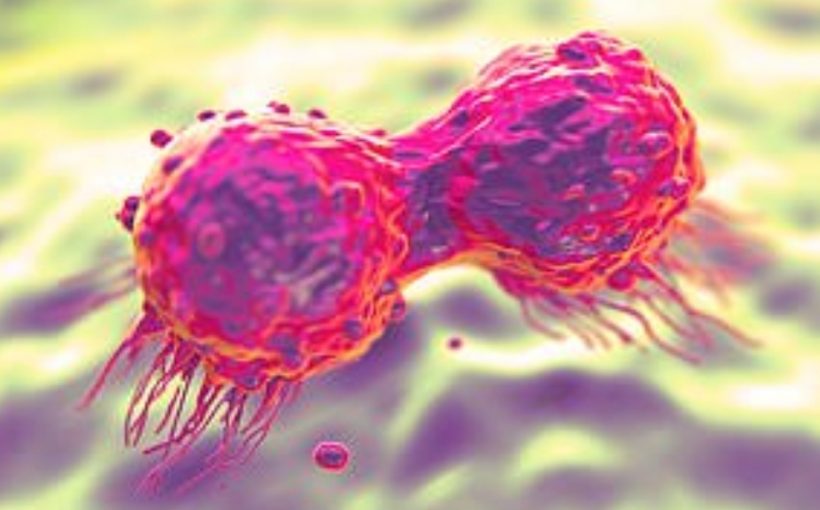
Breast cancer develops from a cancerous cell which develops in the lining of a duct or lobule in one of the breasts. When the breast cancer has spread into surrounding breast tissue it is called an ‘invasive’ breast cancer. Some people are diagnosed with ‘carcinoma in situ’, where no cancer cells have grown beyond the duct or lobule.
A naturally-occurring protein may offer hope for the thousands of women with one of the deadliest forms of breast cancer.Tinagl1 – a protein found in the kidneys – suppressed the growth of triple-negative breast cancer (TNBC) in the lab, a study found.
Scientists discovered it targets the signals that encourage the disease to spread and thrive. TNBC tumours lack the three most common receptors that both fuel breast cancer and respond to common hormonal therapies, such as the drug tamoxifen, making this form of the disease particularly difficult to treat.
The research was carried out by Princeton University and led by Professor Yibin Kang, from the department of molecular biology.
‘People have tried to block the spread of this form of cancer but attempts so far have failed because if you try one approach, the cancer cells compensate by finding a way to escape,’ he said.
Breast cancer affects around one in eight women in the US and UK at some point in their lives. Of which, 15 per cent will have TNBC. TNBC tumours lack oestrogen and progesterone, as well as the protein HER-2. This means treatments that target these hormones and protein are ineffective, but chemotherapy is still an option.
TNBC patients have the worst prognosis and metastasis-free survival among all major subtypes of breast cancer,’ the authors wrote in the journal Cancer Cell.
Around 77 per cent of women with TNBC survive for five years after diagnosis compared with 93 per cent of those with other forms of breast cancer. The researchers analysed more than 800 breast tumour samples from patients.
Results revealed those with less active Tinagl1 genes were more likely to come from patients with advanced cancer and poor survival prospects.
It also interferes with a protein called focal adhesion kinase (FAK), which fuels cancer cell migration, growth and survival.


